Lush green lawn you may be proud of takes a lot of work and attention to achieve and maintain. Sometimes grass refuses to grow properly despite all our efforts and it’s just impossible to determine the roots of the problem. Sometimes even proper lawn maintenance routine fails to ensure great grass growing results, and your lawn keeps looking dull and unhealthy even after you keep everyone from walking on it and spend numerous weekends taking care of it. So, as the lawn season is almost at its peak right now, I thought that it’s a perfect time to figure out how to make the grass on your lawn grow faster, better and greener. The tips I’ll mention below require regular repetition to work out the way they’re supposed to. So, equip yourself with patience and consistency and get to work!
How to grow a perfect lawn. 5 simple grass growing tips
- Don’t let the soil turn rock-hard. Unless you’re one of those crazy people who don’t allow anybody to walk on the lawn in their garden, there is a high chance that it’s one of the most used areas in your garden. Kids usually play on it. Pets prefer running around the house on fresh green grass. And, of course, adults chase their kids and pets or even just spend some time on the fresh air during the weekends sitting on the grass, having a picnic or just catching up with the sun. The point is that the soil under the lawn gets quite compacted overtime. Lawn mowing adds to the soil compaction as well. Proper air and water circulation, nutrients’ flow and even the life of grass-beneficial creatures like worms is disrupted in hard soil. That may lead to slower grass growth, patching and yellowing of the grass. Regular aeration is the way to avoid those problems. It’s not as complicated as it might seem. You can simply grab a special tool and go through your lawn punching 2-3” deep holes to restore normal drainage, air concentration and circulation and micro life in soil under the grass. Larger lawns are usually aerated with the help of an aerating machine. You may either rent one, or call lawn care services to book lawn aeration, or use the manual method. It just depends on what you’ll have time for.
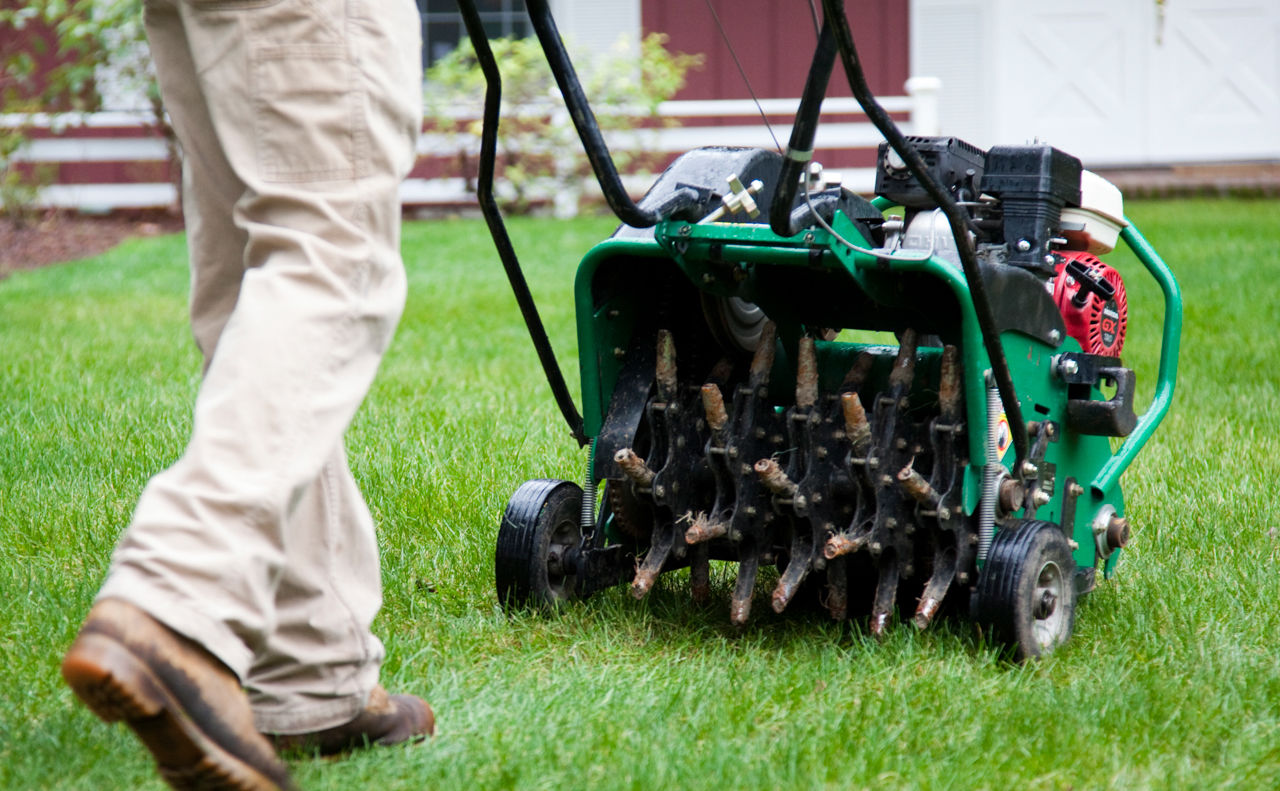 Mowing the grass frequently is a key to successful and lush green lawn. If you don’t have time to mow your lawn every 5 days in spring and once a week during summer, it’s better to hire a serviceman to do that for you. The matter is that if you cut the grass too much, you’ll remove that vital energy-providing top layer. And that may result in really weak, patchy and greyish lawn. Lawn care specialists mention that you should chop off not more than 1/3 of the grass growth while trimming your lawn. And, if you do so, you may leave the green mass you’ve just cut off right on the plot, as this amount of greenery will decompose and serve as organic source of nutrients. So, if you’re short on time or just don’t want to spend this weekend moving the grass, visit HireRush.com to post a lawn mowing task for lawn care servicemen, mentioning the size of your lawn and desirable mowing date. Get reached out by local lawn mowing pros or call one of them directly from the website if your task is quite urgent.
Mowing the grass frequently is a key to successful and lush green lawn. If you don’t have time to mow your lawn every 5 days in spring and once a week during summer, it’s better to hire a serviceman to do that for you. The matter is that if you cut the grass too much, you’ll remove that vital energy-providing top layer. And that may result in really weak, patchy and greyish lawn. Lawn care specialists mention that you should chop off not more than 1/3 of the grass growth while trimming your lawn. And, if you do so, you may leave the green mass you’ve just cut off right on the plot, as this amount of greenery will decompose and serve as organic source of nutrients. So, if you’re short on time or just don’t want to spend this weekend moving the grass, visit HireRush.com to post a lawn mowing task for lawn care servicemen, mentioning the size of your lawn and desirable mowing date. Get reached out by local lawn mowing pros or call one of them directly from the website if your task is quite urgent.  Post your task now
Post your task now - Watering the grass is vital, but it may go so wrong. The best way to water the lawn is to start this process early in the morning, when it’s not too hot and when the sun hasn’t completely come out yet. Otherwise, it might burn wet grass leaves and prevent some moisture from soaking into the soil. Besides, watering your lawn more heavily, but not too frequently will give you better result that sprinkling the grass a couple of times per week for 5 minutes. The water should go deep into the earth all the way to the grass roots and keep it ‘hydrated’ even during extremely hot periods. Lawn care professionals recommend sprinkling 1 inch of water onto your lawn during each watering session.
The way to determine if you’ve reached the right amount is to place a couple of shallow plastic containers all over the plot and keep watering until you see that the water, that’s accumulated in them, has reached the 1-inch mark. If you notice significant difference between different containers, it may mean that some drier patches don’t get enough water. You need to adjust the sprinkler to fix that or just spot-water that area.
Check your lawn regularly and water it again once you see that the 3-4” layer of soil underneath it is dry.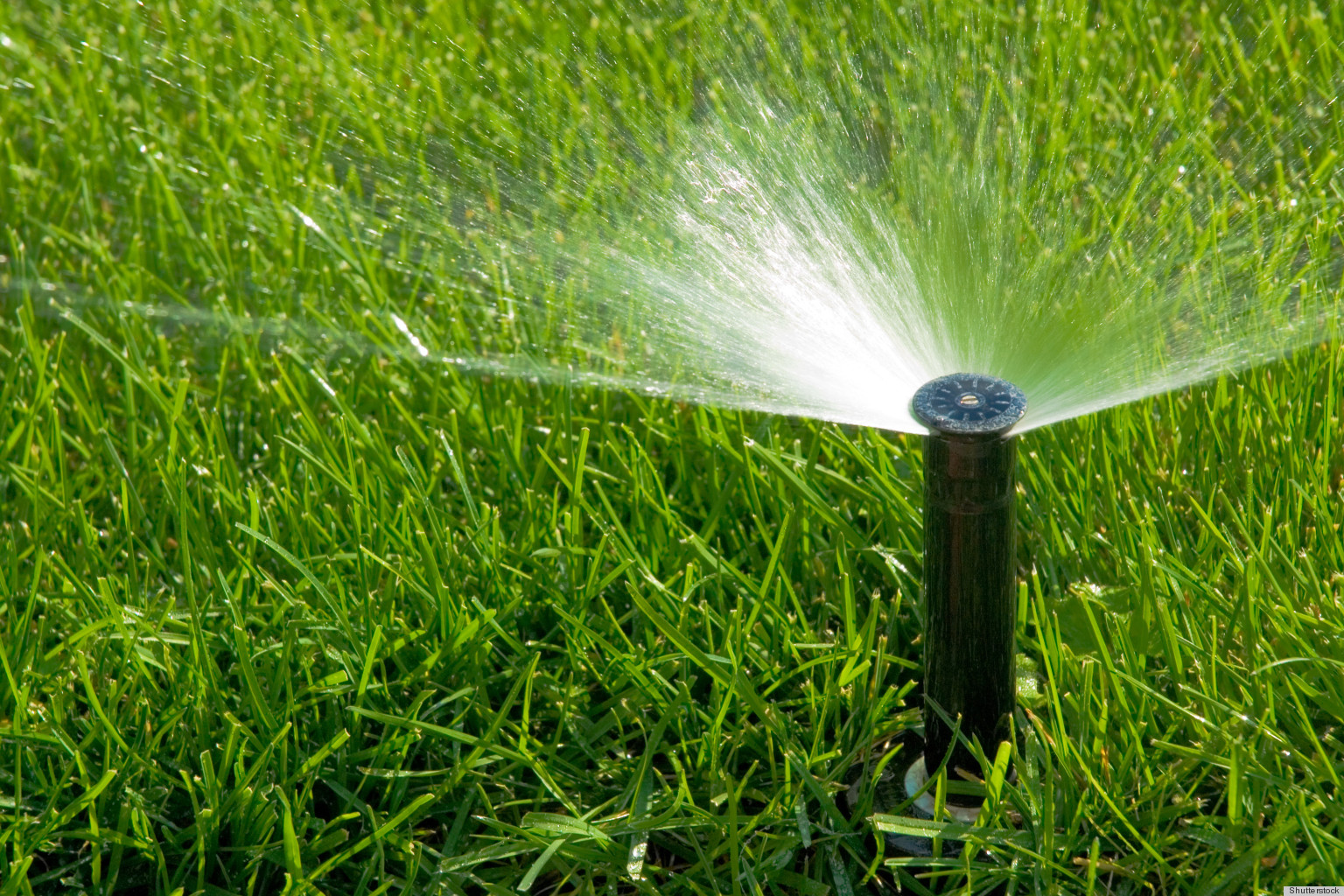
- It’s not a pet, but you still have to feed it. Applying regular lawn fertilizer applications is an essential part of lawn maintenance routine that helps achieving healthy and well-growing grass. Regular application of turf fertilizer provides essential lawn nutrients that might not be present in your soil. It adds improving your lawn’s appearance and health. Lawn grass likes to consume nitrogen-rich fertilizers, which usually make it look much greener and healthier. Organic fertilizers and compost work wonders with your lawn as well. Be careful not to overfeed the grass not to burn it. Lawn feeding is a whole other topic to talk about. So, if you need to learn more about it, check out lawn fertilizing tips on Gardeningknowhow.com to figure out what will work best for your lawn. Don’t forget to test your soil before choosing a certain type of fertilizer.
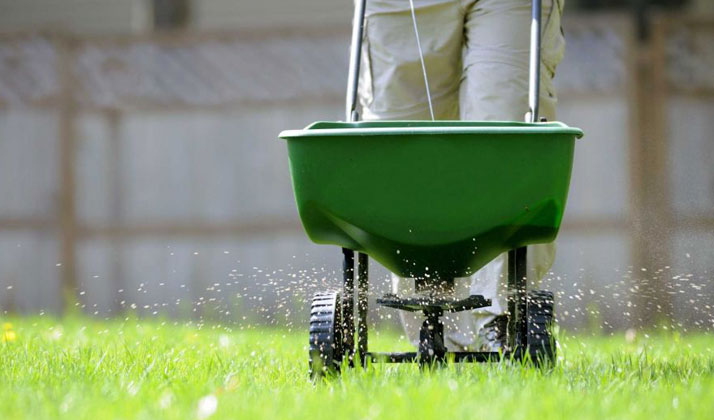
- Fix patches and thin areas on your lawn by reseeding this spots late in spring or during the mid-fall (for warm and cool-season types of grasses respectfully) to make the grass grow thicker and greener over there. Don’t apply the chemicals that deactivate the weed seeds and prevent their growth if you plan to reseed the grass, as you’ll just waste the seeds in vain. Prevent the emergence of thin patches by ensuring proper watering, removing fallen leaves and twigs that prevent sunlight from reaching the grass, pulling out weeds, especially the broadleaf ones, and spot-training your dogs.
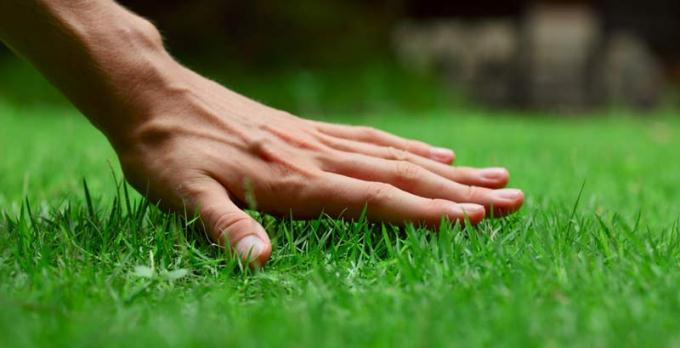


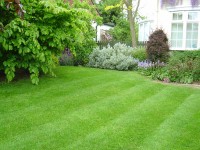
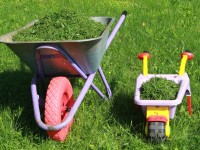

Thanks) Subscribing does the job)